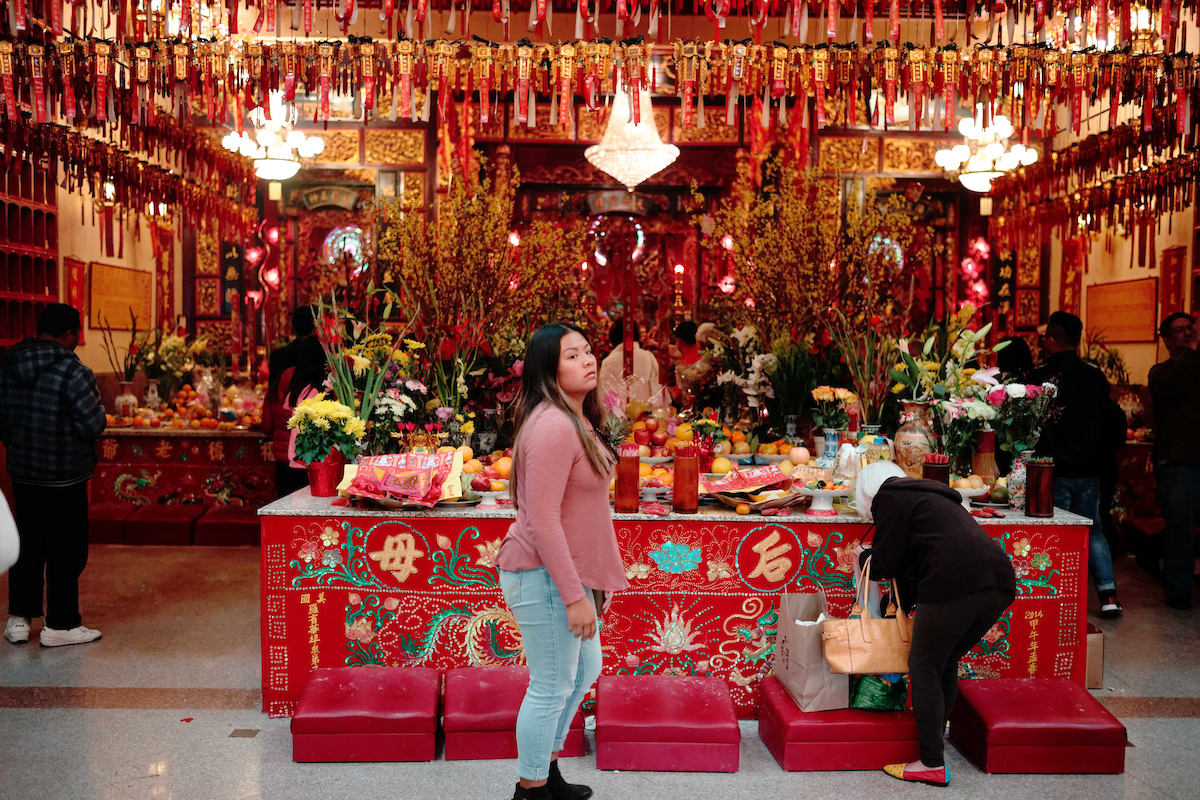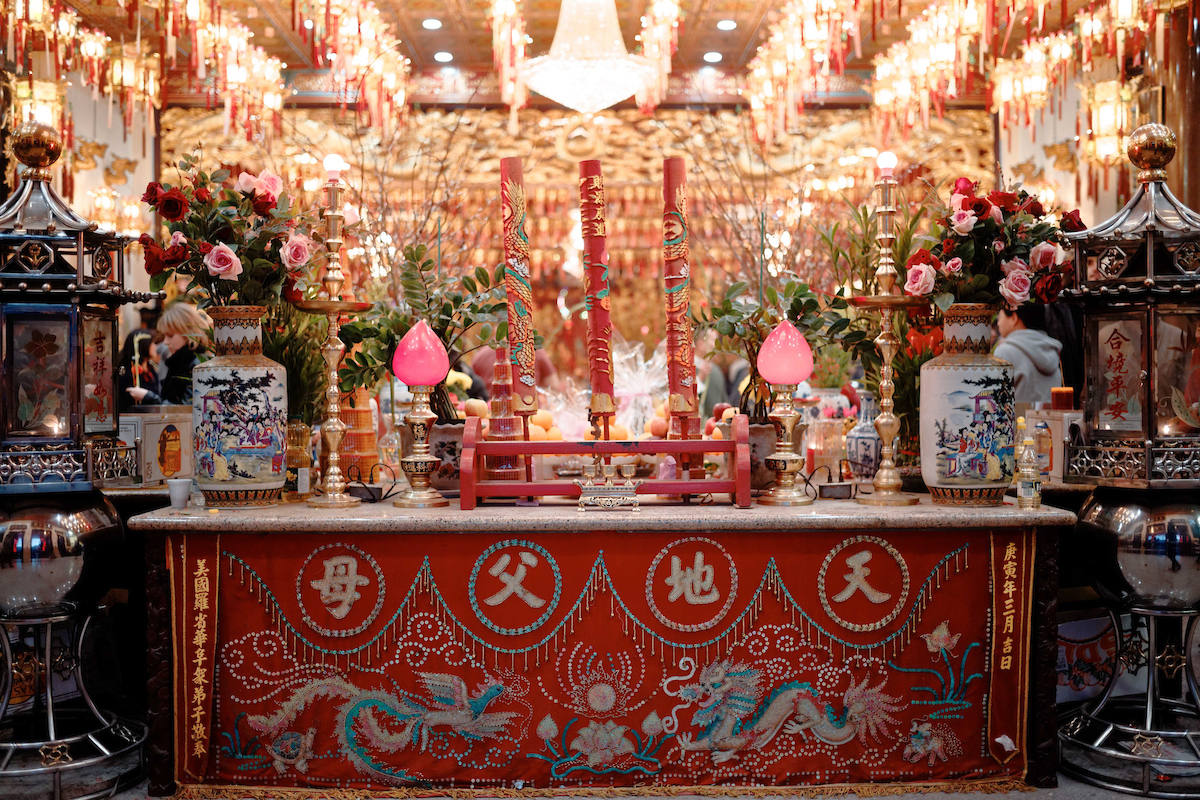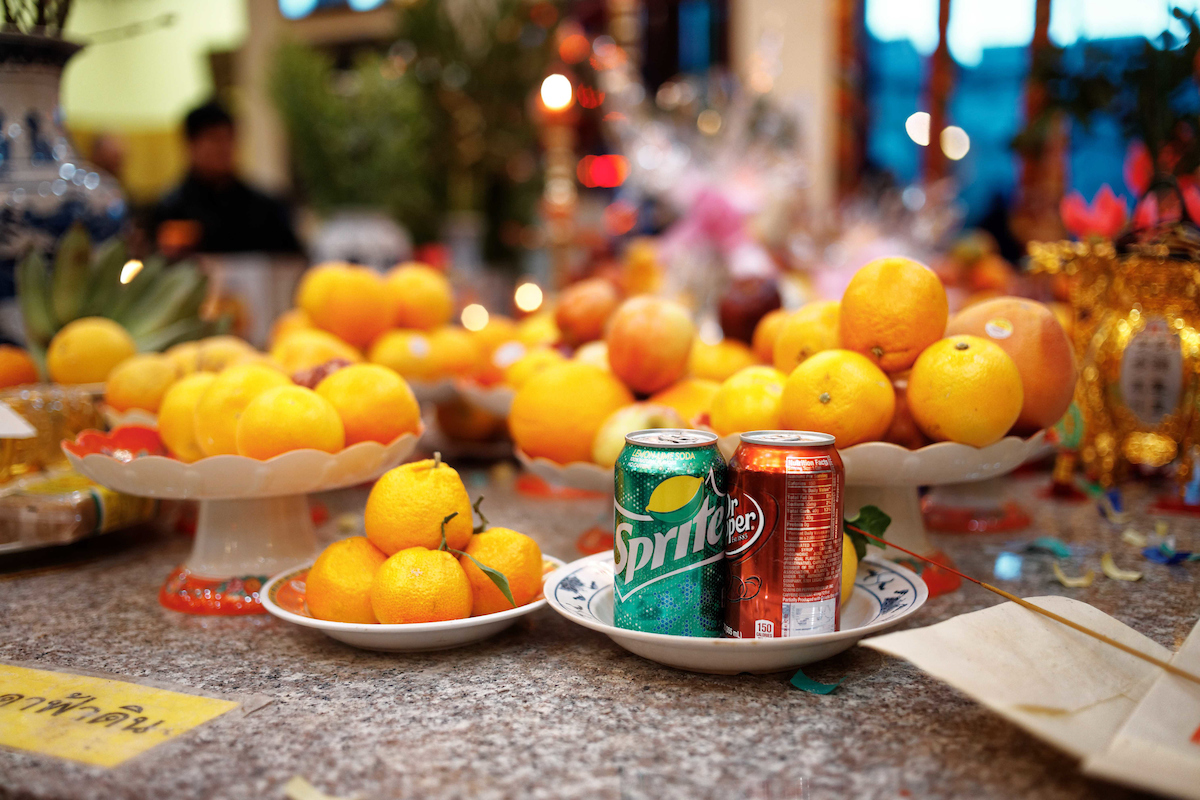Thien Hau
I visit Chinatown in Downtown Los Angeles, for two things: the occasional dim sum binge and Chinese New Year. Overall, Chinatown seems drastically different from when I was a kid. The quality of the food seems to be in somewhat of a decline, when compared to the surrounding areas, eateries, and attractions that seem to be on the rise, attracting more visitors than there are parking spaces. The street vendors aren't actually street vendors anymore— most of them have migrated to selling out of carts in a courtyard, beneath the shade of competing (and air conditioned) businesses. The prices are reasonable, but hardly reasonable enough to make up for the harsh layout of downtown one faces, upon leaving the shopping district. Yes, times have certainly changed.
For all the things that put a damper on the Chinatown experience, I will note that Chinatown has managed to maintain its distinct authenticity, in its annual Chinese New Year celebration. This celebration is not limited to one area of the city though— this is the holiday where the whole city becomes a little more "Chinese.”
In summer, LA Chinatown and KCRW host an event called “ Chinatown Summer Nights,” which effectively turns the neighborhood into a sort of Disneyland of Chinese culture. There are fireworks, face painters, games, art galleries, and a whole slew of activities for the young and young at heart. While it is very festive, it is nowhere near as hardcore as the preparation or celebration of the (Lunar) Chinese New Year.
Traditionally, the Lunar New Year was a celebration intended to worship and honor gods, ancestors, and the dead. Now it is viewed as a time to bring families together, exchange gifts, food, and good wishes. Personally, I use this holiday to honor loved ones who have passed and make positive plans for the future and to this day, I feel their guidance, support, and wisdom.
Drawing your fortune for the year is also an integral (and quite fun) part of the tradition. The process involves kneeling down, praying to the gods, and then shaking a can of sticks. Each stick has a number written on them, with an accompanying fortune to match. The goal (or at least my personal one) is to shake the can hard enough for a stick to fall out of the can. You then follow up this action with holding two wooden pieces in your hands and dropping them on the floor, until one piece faces right-side up. This is the queue to fetch your results, as the number you have pulled has been validated by the gods. While I’m sure there is more to the ritual than I describe, this is what I managed to gather from watching others perform the ritual. If I am mistaken, I sincerely apologize and humbly accept my divine punishment.
Don’t forget, the ceremony is only complete once you have left a donation! As a thank you, the temple gives a long stemmed flower, adorned with a small lantern hanging from the bud— for good luck, of course. It’s a lot of fun and highly recommended everyone partake in this ritual, at least once in their lives. Too many people are blessed with the sound of police sirens instead of money (courtesy of the Western New Year’s tradition), so next year I recommend celebrating your new year with a stick of incense, instead of a visit from or to the Los Angeles Police Department.











